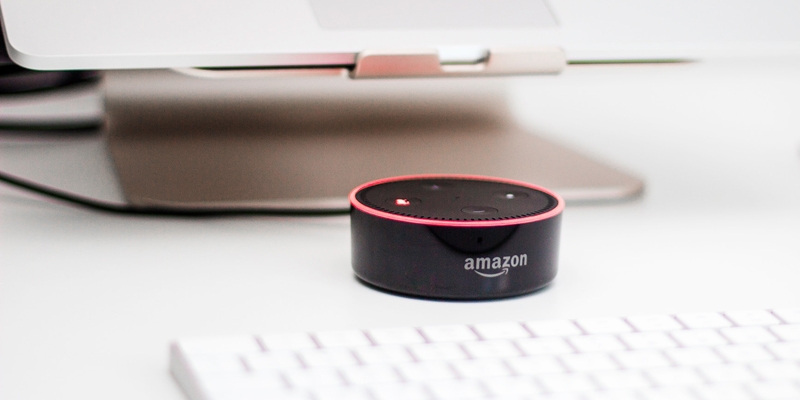
“Alexa, how will physical retail react to our new-found love?”
Last year saw voice-activated retail finally find its feet (and tongue) as Amazon sold close to 10 million Echo speakers according to guesstimates by Digitimes (leading to some estimates of some 40 million voice-activated devices worldwide). Moreover, Narvar, the SaaS platform provider, estimates that currently 29% of US consumers use a voice-controlled device for online shopping and an additional 41% plan to use one to help them shop in the future. All in all, that’s 70% of American shoppers who can at least see themselves purchasing through voice.
Simple purchases, such as repeat grocery orders, are made easy with Amazon. All it takes is a few basic commands issued to our digital assistants. The advantage of not having to stop, sit, look and transact is clear: what would once resemble a task is now a mere utterance; our day no longer has to stop.
“Alexa, we need more loo paper. Alexa, that reminds me, let’s order a curry takeaway.”
Google voice shopping: the competition
Amazon’s Alexa has certainly stolen a march on its competitors but 2018 should see fierce competition between Alexa, Google’s “Home” assistant and Apple’s Homepod. Google recently teamed up with Walmart to allow Home users to order products directly from Walmart using their Google Express accounts. The genius comes from data collection: Google Home will scan your Walmart purchase history so it can make personalized suggestions. Costco, Target, Ulta, Home Depot and Kohl’s also have direct partnerships with Google Home.
This sort of predictive technology will only improve over time, making VA retail a significant threat to bricks and mortar shops. Not only will the AI tell you what you need but it will also predict when you need it. It can also give you regular updates on orders, delivery times, etc., lessening the load on traditional customer services. Given enough data, it will even understand what motivates you to make certain purchases at various times.
Whether Amazon, Google or Apple wins the VA-retail race will make for some interesting column inches but it’s beside the point (note that LG is also leveraging Alexa technology so you can order food through voice directly from the fridge, while Ford’s in-car info system is also using it to enable voice-activated commands).
What voice shopping means for retailers
The really interesting issue here is how retailers will accommodate for and adapt to the AI trend. For example, VA-retail opens up an entirely new marketing channel too. Google Home will likely work in tandem with Google’s search marketing algorithms. This means brands are going to have to look very closely at SEO to ensure they’re topping the search suggestions. Given that VA-shoppers do not have access to imagery, being able to construct highly accurate product descriptions online will become crucial.
But what of bricks and mortar shops? For the time being, VA-retail seems to be targeting the low-hanging fruit of everyday items that are purchased with frequency. If you’re in the business of selling items with an inherent aesthetic value, i.e. fashion, then you’re safe for now. The trend of shoppers foregoing a trip to physical shops should, however, be cause for some concern. This poses something of an existential dilemma for physical shops: they need to ask consistently why a customer would go out of the way to spend time in their shops. Maybe there is some comfort in our piece ‘Is it Do or Die for Retail Stores?’
What experience is it shops are offering that online channels can’t? They clearly cannot compete on ease of use or transaction speed; even their advantage in product expertise (presuming they have well-trained attentive staff) is being eroded quickly. What, then, is their edge?
For us, the brands that can carve out a unique and emotionally engaging physical shopping experience will be best placed to counter the inevitable lurch towards VA-retail.
















